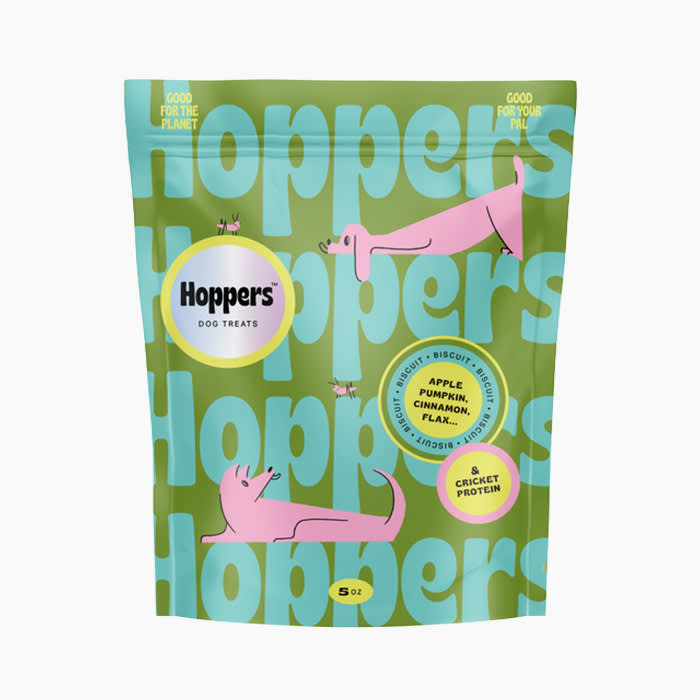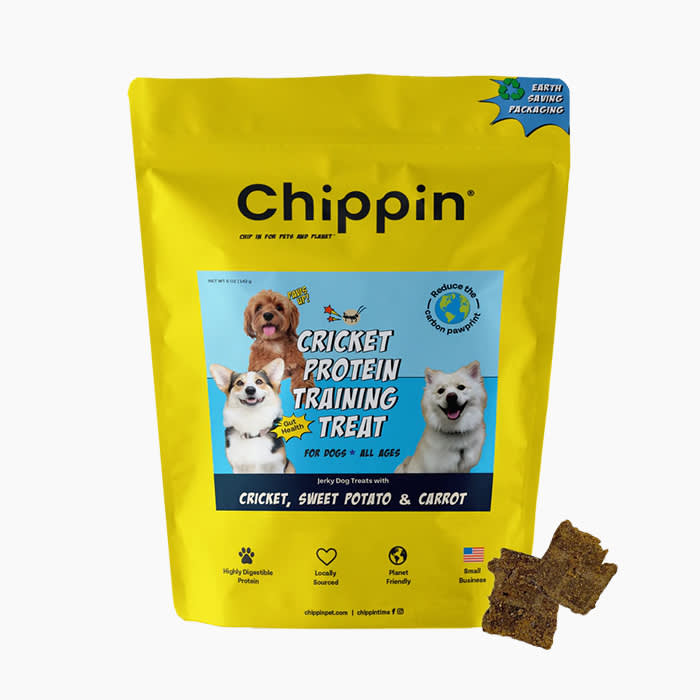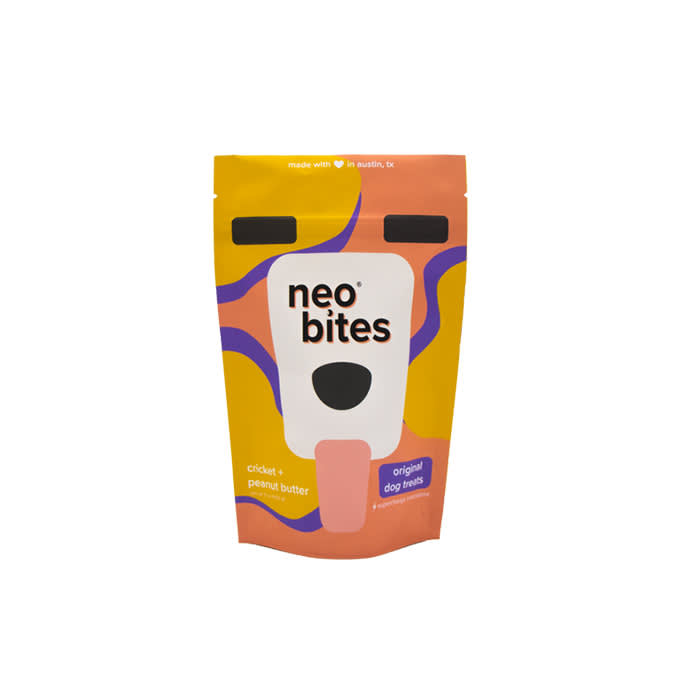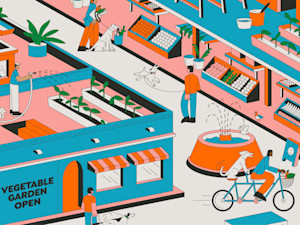Bug Bites: Cricket Treats Your Pet and the Planet Will Love
The future of dog food is looking a little less beefy and a little more buggy.
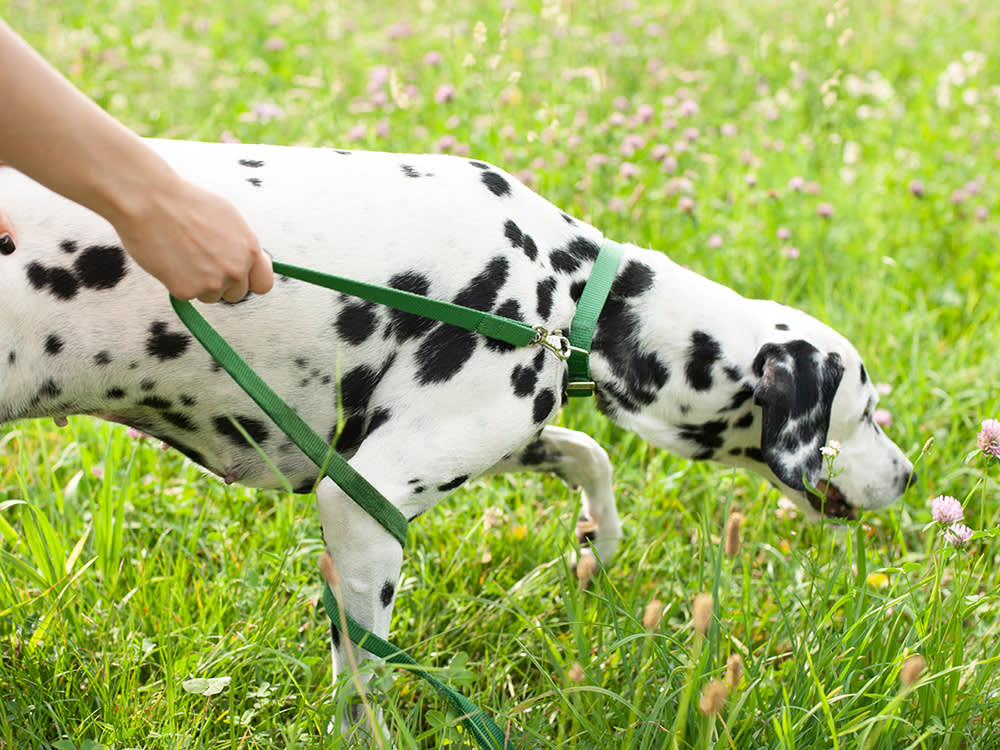
Share Article
If you’re someone who is conscious of your ecological footprint, you’ve probably made dietary choices that reflect that. But have you ever thought about the sustainability of the food your pet is eating? The future of dog chow might look a little less beefy and a little more buggy.
By this point, we know that the meat industry is one of the largest contributorsopens in new tab to greenhouse gas emissions, soil erosion, water pollution, deforestation, and more. As the global pet food market continues to growopens in new tab, it stands to reason that our furry friends account for a portion of that impact. A UCLA studyopens in new tab found that pets’ diets constitute about 30 percent of the environmental impacts of meat production in the U.S.
It doesn’t have to be this way — at least not for dogs, who are omnivorous, meaning they don’t require meat in their diet as long as their nutritional needs are met from other sources. Enter: cricket-based dog food. Crickets have more protein and fiber per weight than other common pet food ingredients like salmon or beef. They are high in iron, omega-3 oils, and vitamin B12. Turns out, crickets provideopens in new tab just the sustenance our pups need to keep their tails wagging.
Crickets requireopens in new tab less land, water, and food than other livestock. To put that into perspective, one pound of beef requires 2,000 gallons of water and 25 bags of feed, while one pound of cricket protein requires about one gallon of water and two bags of feed. Processing crickets emits a fraction of the carbon dioxide compared to meat, and emits effectively zero methane — a potent greenhouse gas that is a major byproduct of the beef industry. Cricket farming also causes less water pollution because manure management isn’t an issue and overall chemical inputs are reduced.
How much do you spend on your pet per year?

Though it’s still a small market, cricket kibbles and treats for dogs are becoming more widely available. A number of brands have hopped on the nutritional and environmental benefits of insect-based pet food and are offering some delectable options.
Disclaimer alert: This article is here to share information. But, much like pineapple on pizza, the topic may be controversial. Meaning, not all vets or pet professionals agree. Because every pet is a unique weirdo with specific needs. So, don’t take this as fact or medical advice. Talk things over with your vet when making decisions, and use your best judgment (about both your pet’s health and pizza toppings).

Maia Welbel
Maia is a freelance writer, editor, and researcher based in the Bay Area. She aims to help readers imagine and engender ecologically resilient futures for all living beings. Outside of work, she loves dancing, hiking, and baking. She also volunteers weekly at an equine therapy barn. Her work has appeared in Cherry Bombe, Chickpea, In These Times, i-D, and more.
Related articles
![Hiker and dog overlooking the top of a mountain]()
8 Ways to Be a More Eco-Friendly Pet Parent in 2025
Expert tips to help reduce your pet’s carbon footprint. (Pawprint? You get it.)
![petaluma sustainable pet food the wildest mars]()
The Sustainable Pet Food Movement is Fired Up
From cricket kibble to miso mice, leading brands are exploring how sustainable pet food products can reduce carbon paw prints.
![A dog wearing a vegan collar.]()
Shaya’s Vegan Collection is Leading the Way
This eco-friendly update to the brand’s Italian-made walking kit is as notable as the celebrities who have been spotted rocking it.
![Remy Park with her cat]()
Remy Morimoto Park’s Gift Guide for Cat Parents
The wellness influencer shares a few of her kitten Sesame’s favorite things, from an eco-friendly cat wand to a Scandi-style elevated bowl.
